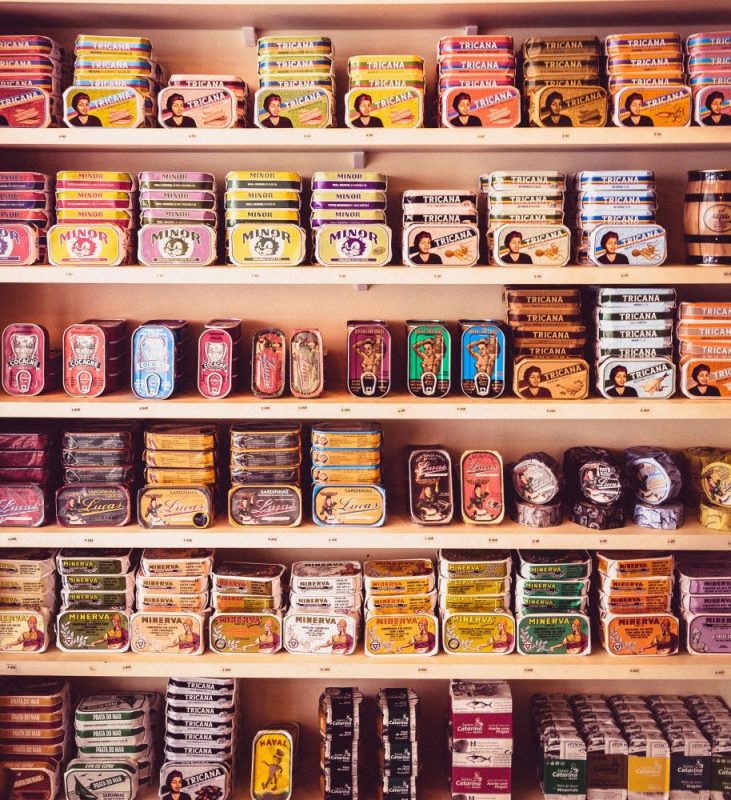Consumers are more aware and keener to act to reduce packaging waste in general, and plastic waste in particular. At the same time, the rate of urbanization continues to increase and related phenomena, such as the convenient take-out and ready-meal culture and e-commerce, translate into increased demand for packaged consumer goods.
Trend 1: Individualism to the max
Packaging will play a central role in a brand’s ability to serve different niches. Consumers will be driven by the need to have a strong bond with a brand, so brands will differentiate themselves through storytelling and powerful, perhaps often excessive, experiences. Brands will adopt new packaging materials in order to cater to specific niches with distinctive packaging solutions. “Bad” material choices can be made in the name of brand differentiation.
A McKinsey 2019 trends (study4) suggests that Millennials are 3.7 times more likely to try to avoid buying products from “the big food companies”. Hypermarkets will invest in special product ranges, taste samples, and – most importantly – in service and experience designers to remain relevant and competitive.
Trend 2: A totally green experience
People will buy more food from packaging-free stores and it will become the norm to bring your own containers when shopping. Many stores will ban plastic, not only in their bags but also in food packaging. Consumers, stores, and tightening regulations will clearly define both the type and amount of materials used to package food.
According to a 2019 Harvard Business Review (article 5), half of the growth in the consumer packaged goods is already stemming from products marketed as sustainable – importantly, their speed of growth is over five times faster than that of products not backed by sustainability claims.
Trend 3: Practicality on-the-go
Take-out packaging in particular will have features that fit our busy lifestyles; food will often be eaten on the go, so things like resealable packaging and portability are essential features. Above all, the role of packaging will be to protect products during delivery while being as light as possible. Packaging must be compatible with a multitude of different delivery solutions, from bicycle bags to drones, and because every gram of weight adds to the delivery fuel cost there will be no room for complex shapes or unnecessary materials.
This view aligns with a (study12) conducted by McKinsey in 2019 which notes that packaging innovations which better respond to the demands of booming e-commerce are the ones that will boost the future growth of the packaging-solutions sector.
Trend 4: The effortless closed-loop
Food packaging suppliers will put a lot of effort into gathering data related to the climate footprint of their materials. Driven by regulatory pressures rather than consumer preferences, food brands will innovate together with their packaging suppliers and work closely across the whole value chain to achieve common sustainability goals. Shared knowledge will be essential for making the right choices. Smart packaging will be crucial in providing climate related information about both the packaging and the food inside.
Packaging will not need to be particularly appealing; a plain box marked with the brand name will suffice. It will contain less material and fewer material combinations, and plastic use will have decreased significantly. Some older food hygiene requirements will have come under new scrutiny, the over packaging of food will be history, and single-packaged products will simply not exist. Reusable, durable packaging that the consumer can store and return to the agent next time will have become commonplace in food delivery: the milkman model with a 2030 makeover.
Reach out to more buyers globally & gain a wider customer base with B2B e-Commerce Platform dedicated for wholesale Food & Beverages Now!
Malaysian International Food & Beverage (MIFB) & MYFOODTECH Wishing All Our Dearest Business Partners & Colleagues A Happy Global Exhibitions Day 2020
